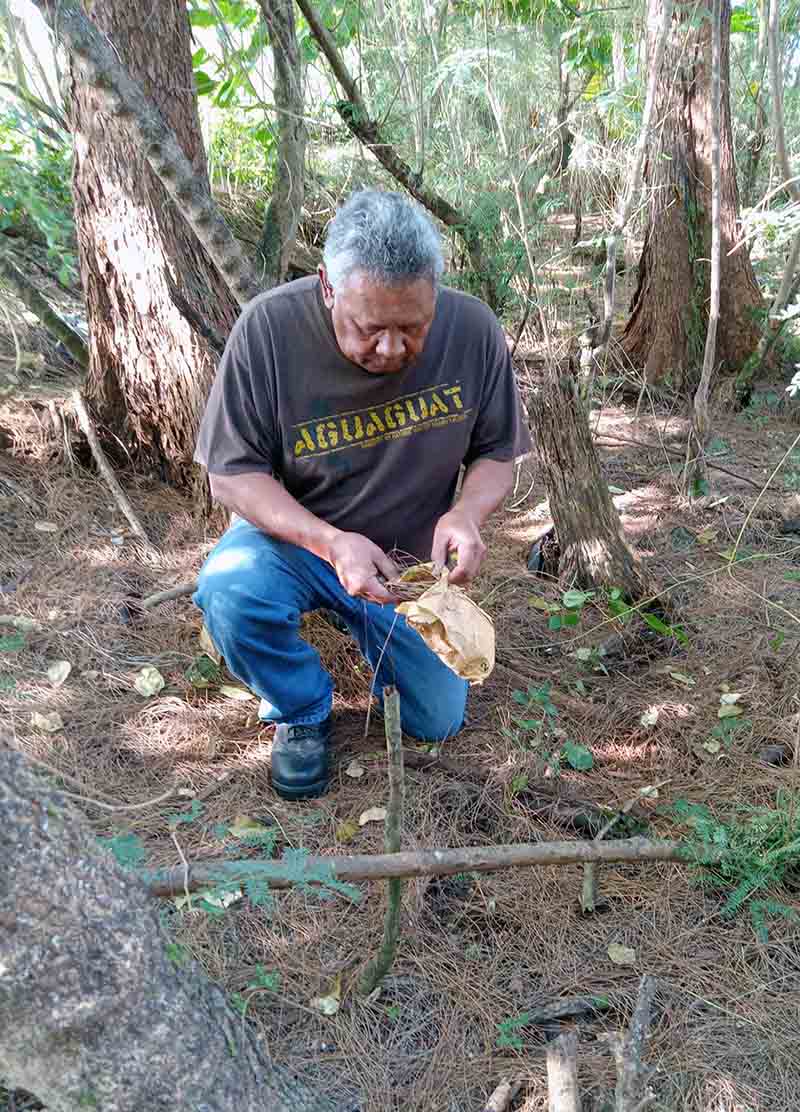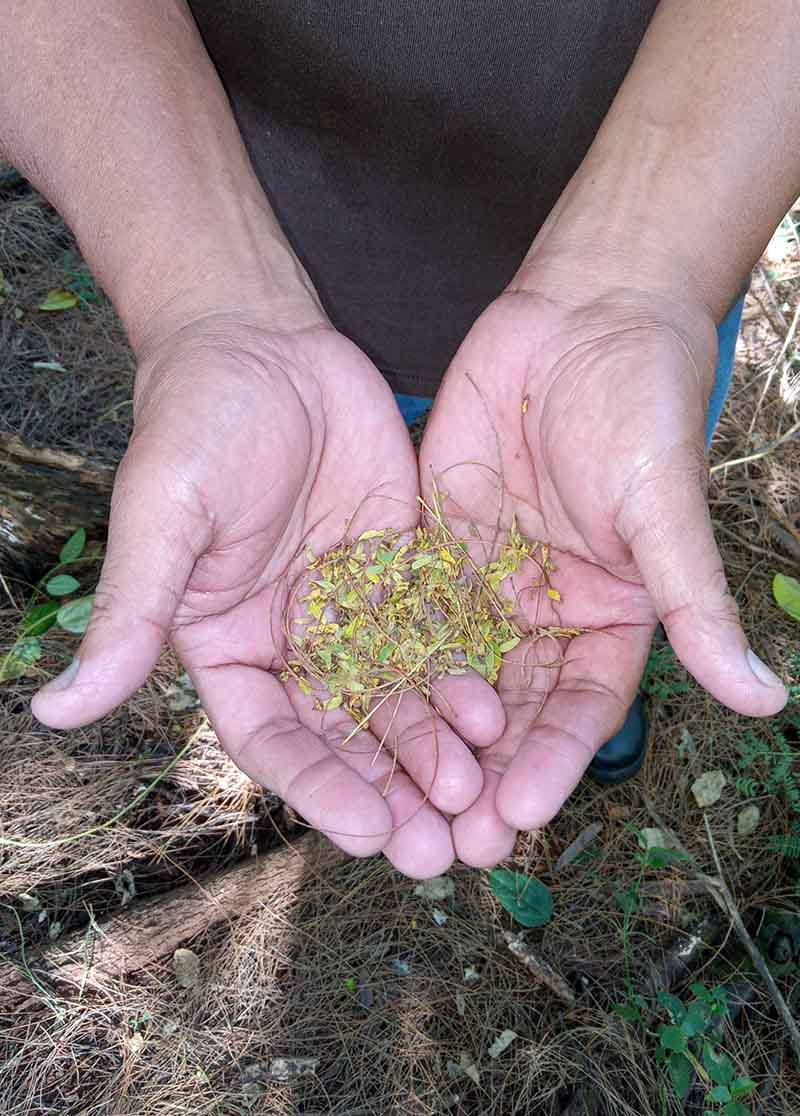Study reveals more about the nutrients the Serianthes provides its ecosystem
Study reveals more about the nutrients the Serianthes provides its ecosystem
Study reveals more about the nutrients the Serianthes provides its ecosystem
12/6/2022
Newly published research from the University of Guam Western Pacific Tropical Research Center has provided additional knowledge about how the endangered tree Serianthes nelsonii assists other plants in its ecosystem through its litterfall.
A WPTRC paper published in 2020 found that the Serianthes is on a short list of Guam trees — the others being the fadang and ifit — that have the ability to take nitrogen from the air, which is not usable by plants, and put it into a form that is usable. When the tree sheds its litter, the nitrogen in the leaves, stems, and fruit lands on the forest floor and becomes available to the surrounding plants.
Another paper published in 2020 out of the WPTRC found that among the plant species that grow in northern Guam, the Serianthes nelsonii is the most labile. This means the nutrients contained in its fallen leaves will become available for the surrounding plants more rapidly than any other plant species studied to date.
This latest paper, published in September in the international journal Plants, documents the timing, amount, and composition of the tree’s litterfall throughout the year. Prior to this study, nothing was known about the timing and constituents of the Serianthes litter.
Supplier of carbon and nitrogen
“We used an approach that measured the nutrient content of Serianthes litter by month and by litter type,” said co-author Gil Cruz, an agricultural technician supervisor with the WPTRC. “By separating the litter into leaves, stems, and pods we were able to determine not only how much nutrition the tree added to the soils but also when and how it happened.”
The study found that carbon and nitrogen were among the top nutrients that the litterfall returned to the soil and that the leaves provided the fastest nutrient release, whereas the stems provided the slowest. The leaf litterfall amount was consistent regardless of season, but the stem and fruit litter were greater in the rainy season due to high winds. Rainfall was also noted in the report as an element that speeds the decomposition process.
One key finding was that the Serianthes places more stem litter on the forest floor throughout the year than leaf litter. Globally, the amount of leaf litter greatly exceeds the amount of stem litter in forests. This is something highly unique that deserves further study, the authors noted. The paper suggests that the frequency of tropical storms may contribute to the increased stem litter.
Knowledge to influence more urgent action
The Serianthes is a highly threatened species on the brink of extinction in the Northern Mariana Islands with only one adult tree remaining on the island of Guam. The authors say that understanding how it contributes to its surrounding ecosystem may influence more urgent recovery efforts for the species and its habitat.
A species recovery plan has been in place for Serianthes nelsonii for decades, the paper states, yet decision-makers have done little of consequence during those decades.
“Once a tree is identified as endangered, ideally this should help protect it from the identified threats,” said Benjamin Deloso, former research associate at the WPTRC. “In reality, many of the listed endangered tree species in the world remain at risk of extinction because of the absence of acceptable species-specific recovery plans.”
The research project was funded by the U.S. Department of Agriculture.


